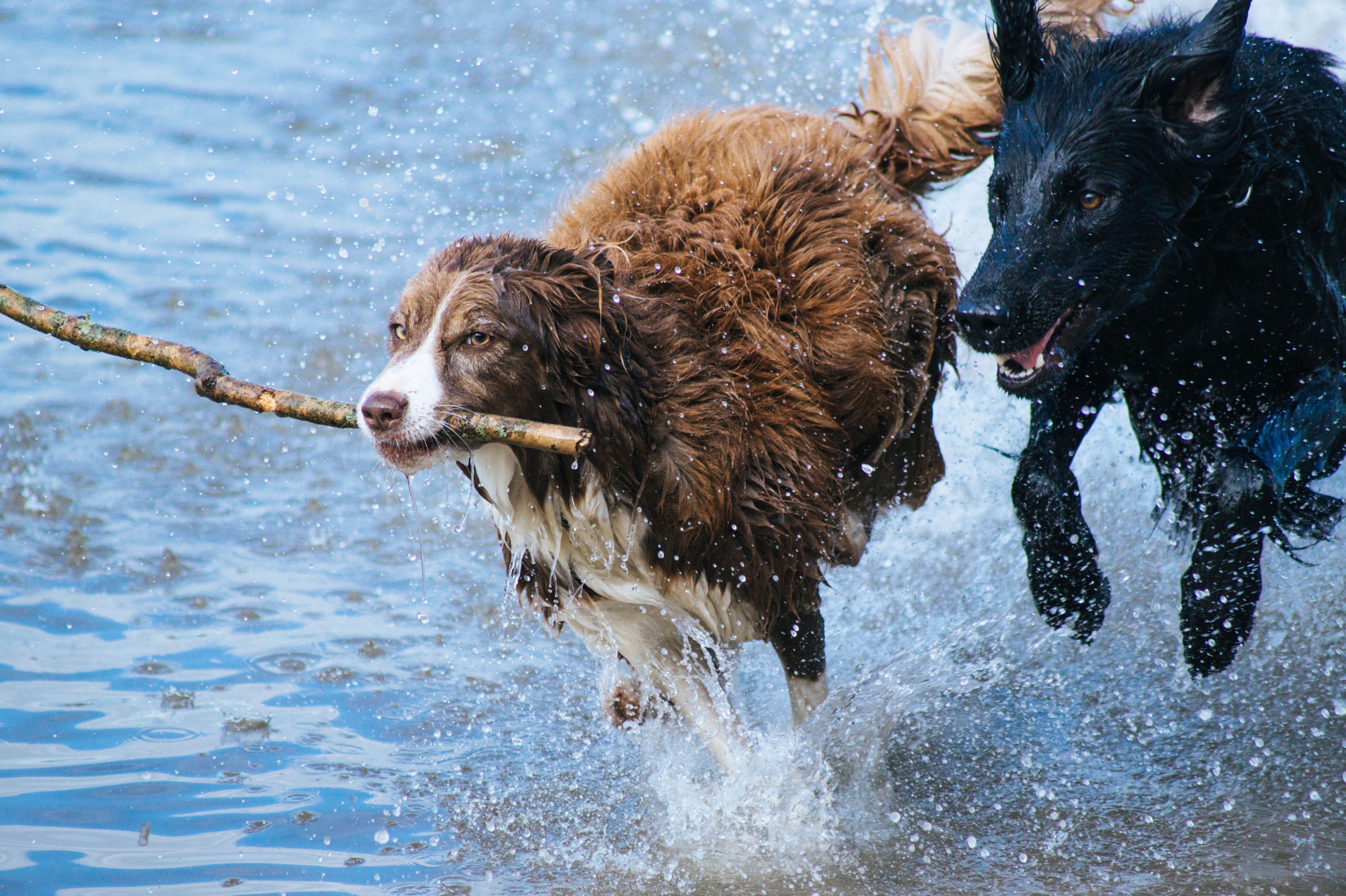
How to Prevent Heatstroke in Cats and Dogs
It’s a life-threatening condition that requires immediate attention, yet heatstroke is frequently overlooked. Too often pet owners simply don’t know what to look for or what to do when their pet shows symptoms of heatstroke.
What is heatstroke?
Heatstroke occurs when your pet’s body temperature rises too high and they’re unable to cool themselves down on their own. When it comes to pets, it’s important to remember that they don’t cope with the heat the same as we humans do. They don’t have the same number of sweat glands that we do, rather only a few on their paws and around their nose. As such, they can’t regulate their body temperature as easily as we can. Additionally, pets have a fur coat, and no matter how much you trim it down, it’s still going to cause some discomfort on hot days.
Heatstroke can be life-threatening for pets if not treated immediately and appropriately.

What to watch out for
There are, of course, common symptoms of heatstroke that are worth knowing so you can recognize them if they occur.
• Excessive panting.
• Wandering away when name is called.
• Glazed eyes.
• Excessive drooling.
• Rapid heart rate.
• Dizziness or lack of coordination.
• Fever.
• Lethargy.
• Collapse or convulsions.
• Vomiting or diarrhoea.
• Gums or tongue turn blue or bright red.

When can heatstroke occur in cats and dogs?
The most common situations when heatstroke in pets will occur is in extreme temperatures such as heat waves or if a pet is left in a hot environment such as a car. Other risk factors include:
• Obesity.
• Breathing or heart conditions.
• Age extremes (the very young and the very old).
• Neurological diseases.
• Excessive exercise.
• Dehydration.
• Brachycephalic anatomy (flat-faced breeds) such as Pugs or Himalayan cats.
• Long-haired breeds.
Managing heatstroke
Of course, the first step to managing heatstroke is to prevent it entirely. However, this isn’t always possible, and sometimes heatstroke happens despite us doing all we can to ensure our pets are safe and sound.
If you find your pet is suffering from heatstroke, there are a number of things you can do to help them.
- Remove your pet from the hot environment immediately and take them inside to a cooler spot.
- Apply some cool water on the animal’s fur and skin. It’s best to stick to room temperature water. It’s also a good idea to use a fan to help the animal bring its temperature back to normal.
- If your pet’s willing to drink, try to get some water into them as well. This will help with the dehydration. If they can’t or won’t drink, simply wet their tongue with some water instead.
- Take your pet immediately to the vet after taking these steps.
There are, of course, a couple of things to avoid when trying to manage your pet’s heatstroke. Never put your pet in an ice bath or use ice water to cool them down. While it seems natural to use cold water, this is actually counterproductive and will cause the blood vessels near the skin to constrict. This makes it harder for your pet to cool down as it traps heat. Also never force your pet to drink water - keep some water close by and, as mentioned, encourage your pet by wetting their tongue.
Once at the vet there are a number of things that may be done for your pet, but remember it’s always important to get pet insurance. An IV may be set up to help your pet maintain their fluid intake. Your pet may also be given a cooling treatment such as a cooling enema. If oxygen is required, it will be administered, as will any necessary medication. The vet will also likely take blood tests to ensure the heatstroke hasn’t affected any internal organs, and will also provide ongoing monitoring and treatment as required.
Remember, even if your pet looks like they may be recovering, it’s always crucial to take them to the vet. Heatstroke can become an emergency very quickly if not dealt with appropriately. And also, always err on the side of caution. If you think that your pet is suffering take them to the vet.

Start with prevention
As mentioned before, prevention is key and is the best defense against heatstroke. So here are some ideas.
• If you wish to take your pet for a walk, do so at the coolest time of day. This tends to be early morning or nighttime. During the walk, provide rests if needed and stop for water breaks.
• Ensure your pet has a cool and shady place to rest outside and, whenever you can, bring them inside where it’s cooler
• Make sure your pet has multiple water bowls. Also pop some ice cubes in the bowl so it stays cool throughout the day.
• If your pet is staying indoors, close the blinds during the day so it’s cooler inside. Consider leaving a fan or air-conditioning on for them too.
• Pop a frozen water bottle or cold towels in your dog or cat’s bed.
Heatstroke can be frightening, and if you don’t know what to look out for or how to treat the condition immediately it can be life-threatening. Remember, pets cannot cool themselves down in the same way humans can. So, it’s up to us to ensure they stay cool, during the summer months.










